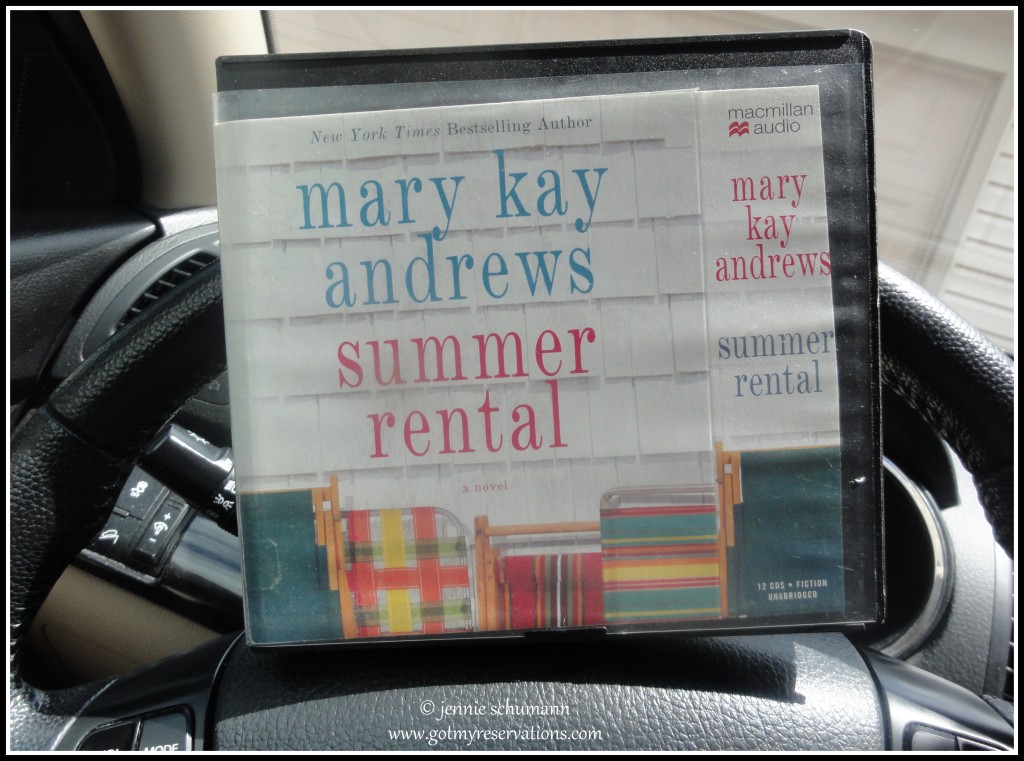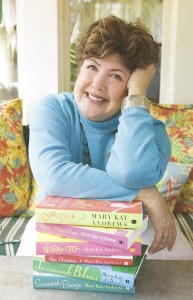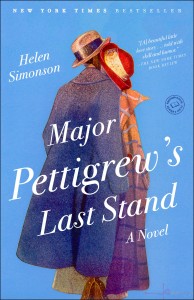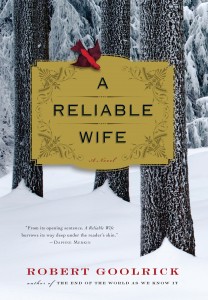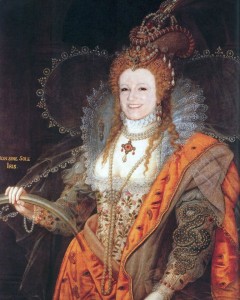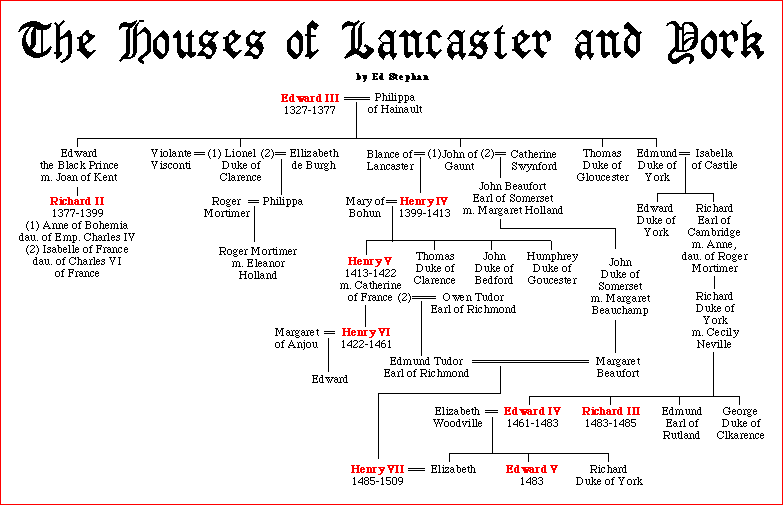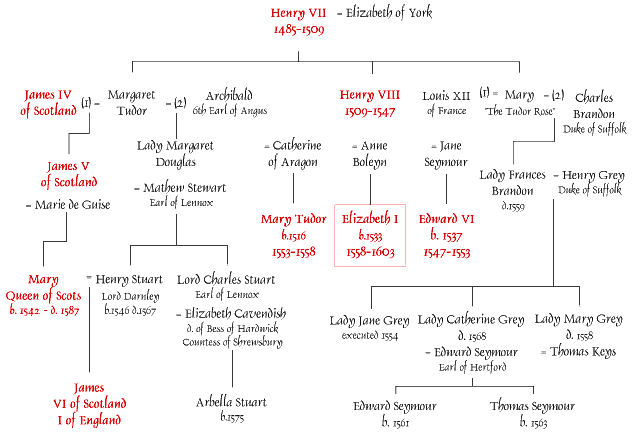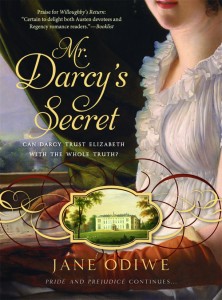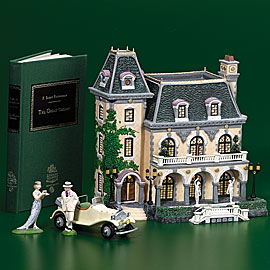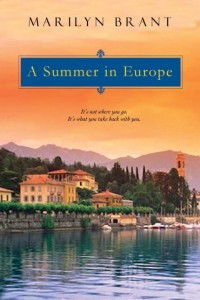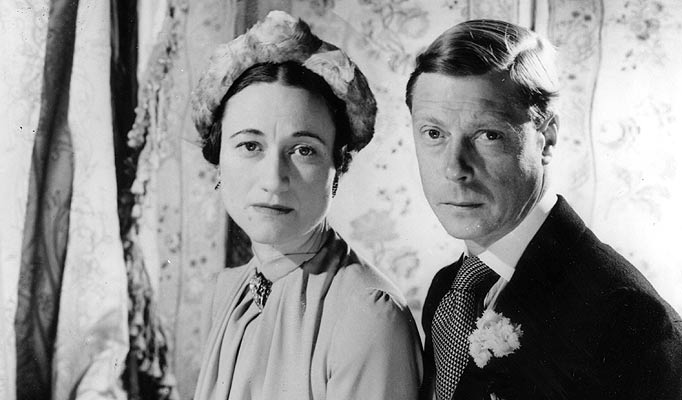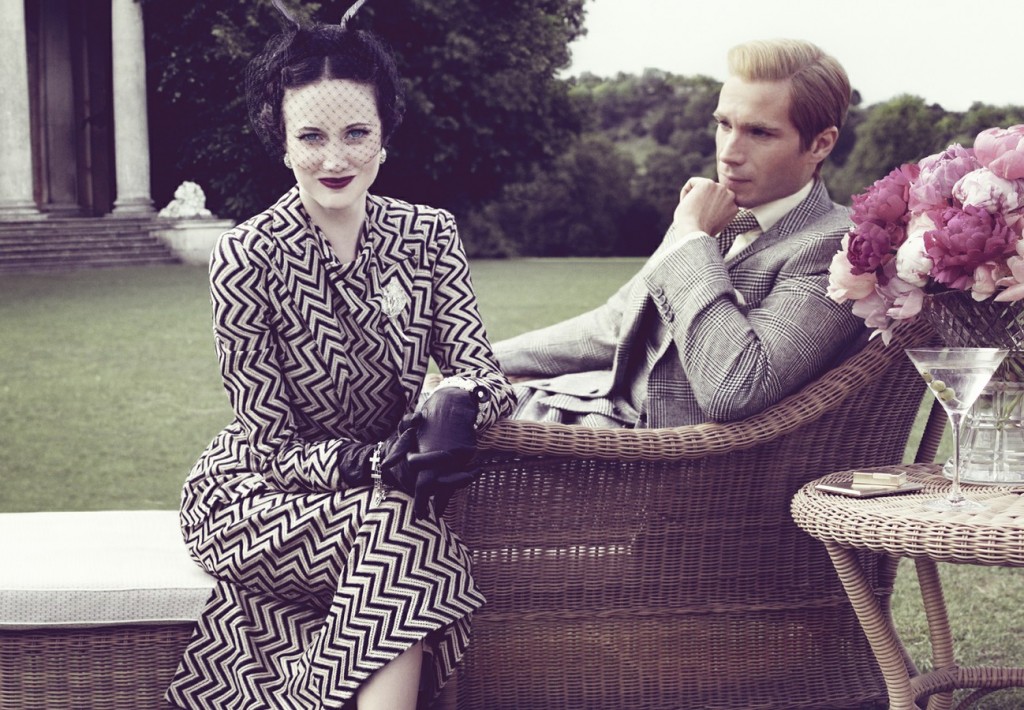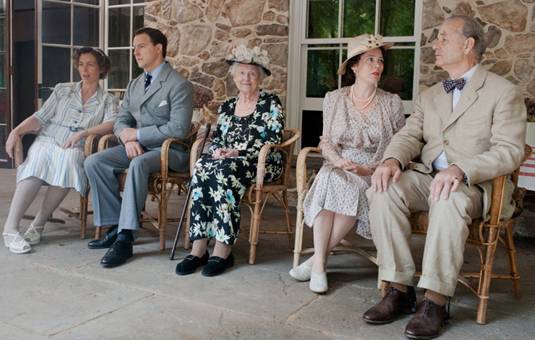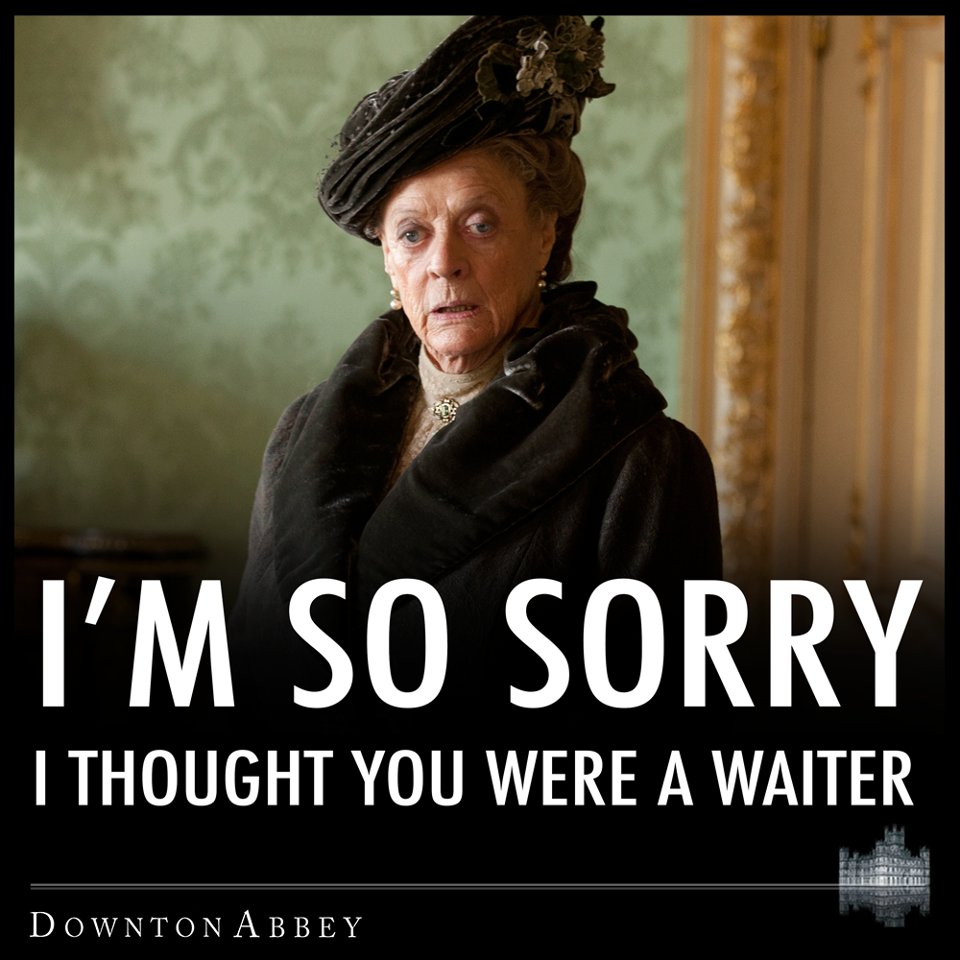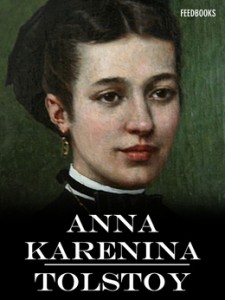I’m an Anglophile recently masquerading as a Francophile. I have not been to Italy yet, but books about Italian culture are certainly on my radar, as we are planning a trip to Italy in the spring with travel writer Linda Dini Jenkins. When my husband bought me a book for my birthday by Tim Parks about rail travel in Italy, I was pretty happy.
Although I’ve never been to Italy, I’ve been a Frances Mayes stalker follower for many years. Her blog is a delight and most of my mind-photos of Italy come from her Bramasole books. I’ve previously talked about Frances here and I’ve referred to her many times over my years of blogging. I’ve also had guest bloggers share their wonderful experiences in Italy, including friends Debbie and Kathy. I’ve been putting together trips to Rome for relatives this week and I’ve been drinking a lot of Italian koolaid. I was ready for Italian Ways: On and Off the Rails from Milan to Palermo.
Although Mayes gave us some idea of the Italian sense of time and place, Tim Parks’s almost sardonic take on Italy and its social structures came as kind of a culture shock to me. I should have know better; many of my blogging friends refer to issues with Italian trains, including Marisol at Traveling Solemates. We have our own issues here in Chicago with trains as well. I don’t know why I was surprised. Italian Ways: On and Off the Rails from Milan to Palermo is exactly what the reviewers say it is — a revealing look at the dynamic between tradition and innovation in modern Italy. Another reviewer describes Italian Ways in this way.
“For every moment that Italy annoys Tim Parks, there are two in which it delights him.”
That’s pretty much the premise of Italian Ways. Parks tells the stories of his train travel in Italy through vignettes of the rail system and of the people he meets along the way — and it’s funny and poignant.
In reading the Christian Science Monitor’s review of this book, I also clicked into their list of top ten travel books to read before you go to Italy. My goodness, I had forgotten about A Room with a View and Daisy Miller. Those are going to definitely be on my reading list for this year, along with a few more visits with Woody Allen in To Rome With Love.
So — should you read Italian Ways? Yes, but be aware that as Andrew Martin of The Observer says, this is a “warts-and-all” look at Italy’s trains and culture. It’s not a love story to Italy like Frances Mayes has penned in Under the Tuscan Sun and its sequels. As a traveler, I want to know about the warts I might encounter while traveling, so for me, it was a great book! Thanks, Music Man, for an excellent birthday present.


